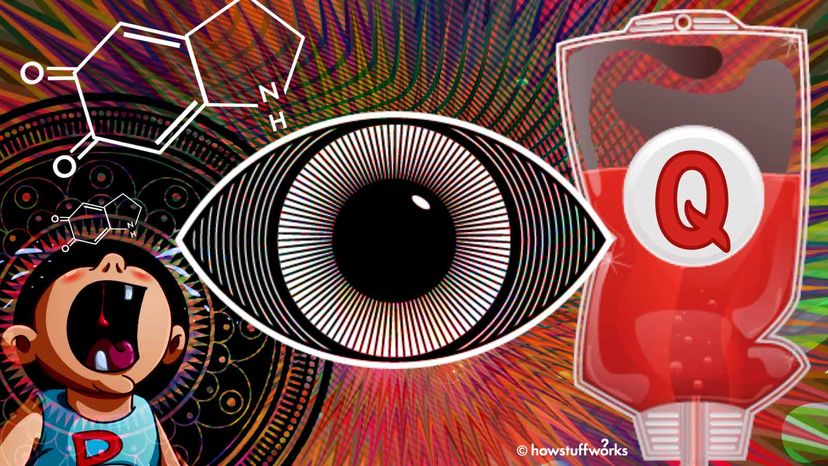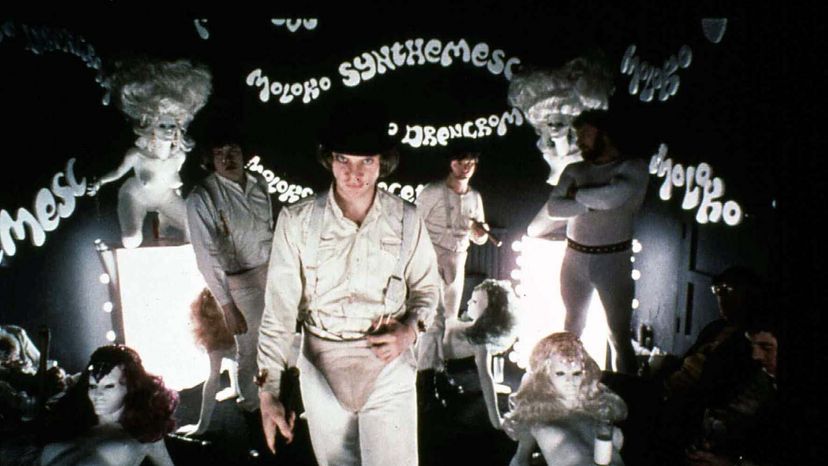In the early 1950s, Canadian psychiatrists Humphry Osmond and Abram Hoffer began working under the assumption posed by some researchers at the time that schizophrenia may be triggered by an excess of adrenaline. This drew Osmond and Hoffer's attention to derivatives of adrenaline, specifically adrenochrome.
Hoffer then decided he'd experiment with the hormone after which he claimed to have experienced schizophrenic symptoms (i.e., hallucinations and delusions). And thus, Osmond and Hoffer's "Adrenochrome Hypothesis" linking schizophrenia to an abnormal metabolism of adrenochrome was born.
It's important to note that around this same time, Osmond and Hoffer were also beginning to embark on new research investigating the potential therapeutic benefits of drugs such as LSD and mescaline, therapies that also had the potential to cause those so-called schizophrenic symptoms in otherwise healthy adults. (Osmond would later coin the term "psychedelics" to refer to hallucinogens.)
Reflecting back on the "Adrenochrome Hypothesis" in an article published in 1990 in the Journal of Orthomolecular Medicine, the researchers said, "All we did know [about adrenochrome] was that it was readily formed by oxidation of adrenalin [sic] to a red compound in solution ... But we did suspected [sic] it might be a hallucinogen because ... it resembled a few known hallucinogens like ... LSD and ibogaine."
Adrenochrome's psychedelic properties, however, never actually panned out. And, as intriguing as those studies were, "they have been largely discredited due to, primarily, methodological failures. And I think they were unable to ever replicate any of the initial findings that were popularized," Marino said.
But, before the research on adrenochrome was thoroughly debunked, the drug was lumped into the same category — at least in the layman's eyes — as LSD and other psychedelic therapies, which set it up for celebrity status in popular culture.




